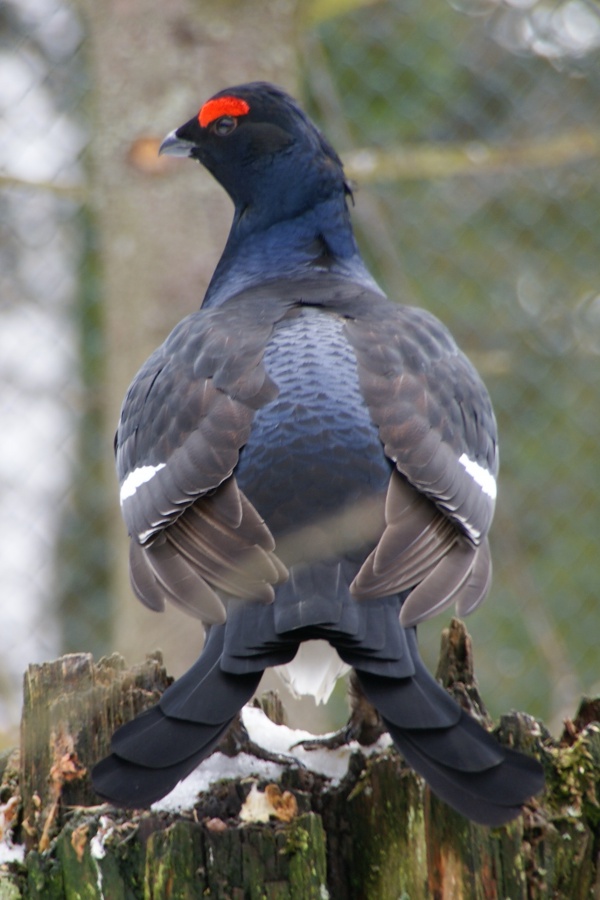Facts About Black grouse
The black grouse, also known as blackgame or blackcock, is a compelling and substantial game bird belonging to the grouse family. These predominantly sedentary birds flourish in moorlands and boggy regions near woodlands across the Palearctic zone. The females, distinguishable by their greyish-brown plumage, are responsible for nesting and caring for the chicks. Notably, scientists sequenced the black grouse's genome in 2014.
The black grouse was first described by the renowned naturalist Carl Linnaeus in 1758. Males are often referred to as blackcock, while females are known as greyhen; they are also sometimes called heathcock and heathhen.
In terms of appearance, the male black grouse is particularly striking with its black feathers, red wattles, and a prominent white wingbar. It also has a distinctive lyre-shaped tail and emits a loud, bubbling song. Males are larger than females, weighing between 1,000 and 1,450 grams, compared to the females' 750 to 1,110 grams.
Black grouse are distributed across Europe, from Great Britain and Scandinavia to Russia, with additional populations in Eastern Europe. Unfortunately, their numbers are declining in some parts of Western Europe. Despite this, the global population is estimated to be between 15 and 40 million. To support the conservation of these birds, various initiatives, including action plans and reintroduction programs, have been launched.
One of the most captivating aspects of black grouse behavior is their courtship ritual, known as lekking. During this display, males assemble in specific areas to exhibit and produce unique mating calls to attract females.
Historically, black grouse have had a significant relationship with humans. Their tails were once used as decorative elements for hats in Highland Dress and by pipers in both civilian and military pipe bands.
Conservation organizations, such as the RSPB and the Game & Wildlife Conservation Trust, are diligently working to bolster black grouse populations. In France, particular efforts are being made to mitigate the risks of collisions with ski lifts, which pose a threat to these birds.
